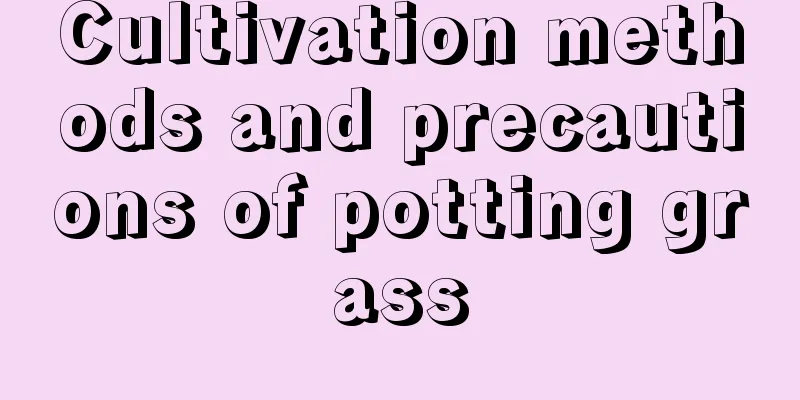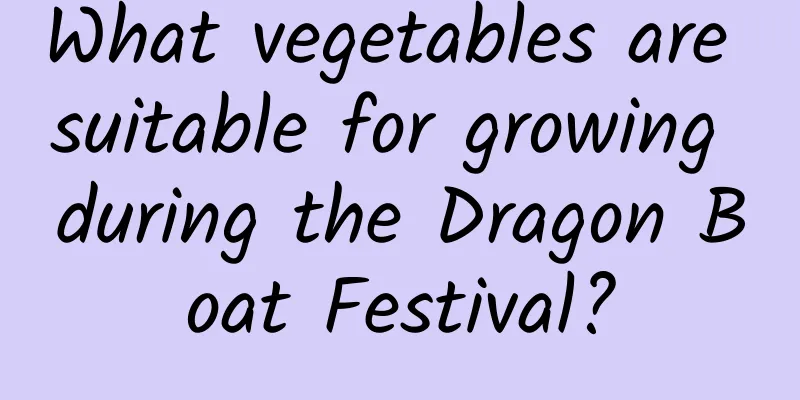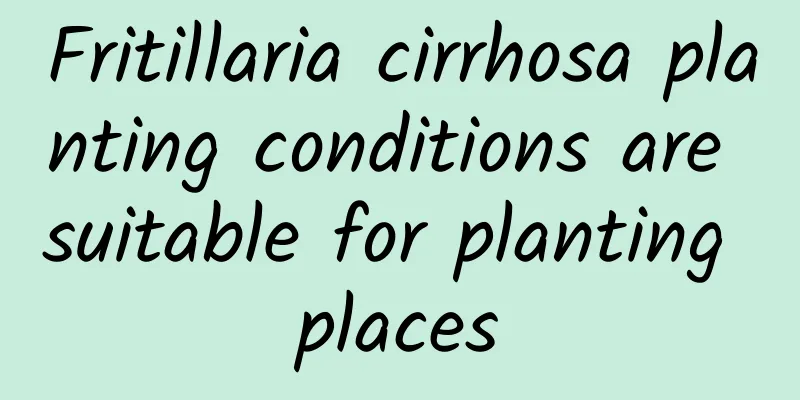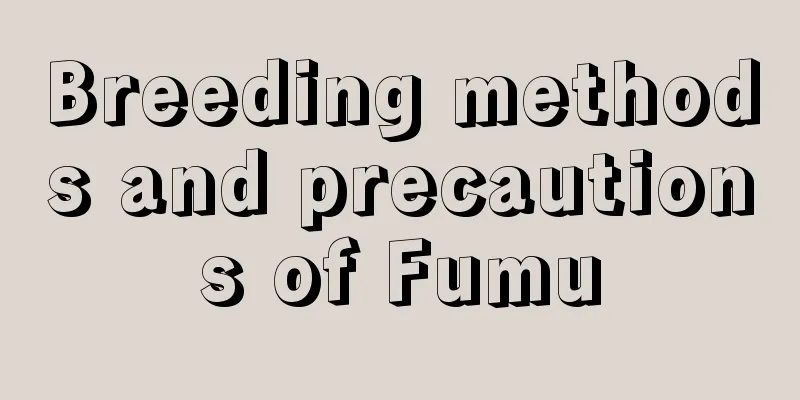Cultivation methods and precautions of potting grass

1. Maintenance methods1. Temperature: It has relatively high requirements on the temperature of the maintenance environment. The best maintenance environment is between 20 and 28 degrees. If the temperature is too low, it will cause it to grow slowly. If the temperature is above 30 degrees, the plant will also grow slowly. 2. Watering: During the growth period, it has a relatively large demand for water, but its roots are not tolerant to waterlogging. Therefore, you need to be careful when watering and make sure there is no water accumulation in the pot. When watering it, you should follow the "water thoroughly when dry" watering method. According to experience, it usually needs to be watered two or three times a week. 3. Fertilization: As mentioned above, it is relatively tolerant to barrenness, so the demand for nutrients is not high. During the growing period, you can decide whether top dressing is needed based on its growth status. If top dressing is needed, the minimum interval is once a month. 4. Light: It needs to grow in an environment with plenty of sunlight. If it is a plant grown indoors, it is best to place it in a sunny place so that it can receive sufficient light. If it is maintained in the open field, it can receive full-day sunlight without the need for manual adjustment. 2. Breeding techniques1. Repotting: It grows very fast and can easily overflow the pot, so you need to repot it every once in a while. If it grows too densely, you can divide it into several pots when repotting. Its roots are very fragile and easy to break, so you need to be very careful when repotting. 2. Pruning: During the growing period, the leaves at the base of the plant will fall off, but the stems will be exposed. Pruning is needed at this time to promote branch growth. Do not throw away the cut stems and leaves, as they can be used as cutting materials. 3. Problem Diagnosis1. Drooping leaves: The problem of drooping leaves is mostly caused by insufficient light. Plants grown at home need to be rotated frequently to ensure that every angle of the plant is exposed to the sun. 2. Root rot: It has root rot. It is probably caused by improper watering. If you water too much, water will accumulate in the plant's pot, which will affect the plant's breathing and cause the roots to rot. To solve this problem, you first need to dig it out of the pot, trim off the rotten roots, disinfect the cut, and then replant it in new potting soil. IV. Other issues1. Edibility: It is not edible. 2. Toxicity: The plant itself is non-toxic, but the juice can easily cause allergies. People with a history of allergies should be careful during maintenance to avoid contact with the juice. |
<<: Breeding methods and precautions of black plum
>>: Cultivation methods and precautions of rowan
Recommend
How to increase the yield of peanut planting (teaching you seven tips for increasing peanut production and management)
Peanuts, like other crops, have their own growth ...
How to prune Begonia
Begonia pruning The best time to prune Begonias i...
How to treat black spot disease of rose
Understanding Black Spot pathogen It belongs to t...
How to breed the firefly
1. Soil It is best to use loose, humus-rich sandy...
How to propagate blue flower
Cutting propagation of blue flower dandelion Cutt...
How to divide the plant of Lucky Star
1. Division time It is best to divide it in April...
Cultivation method of Jianshi maple
1. Soil: Jianshi maple has strong adaptability an...
How to water the maiden heart
Watering principles The cultivation of Maiden Hea...
Cultivation methods and precautions of Tumi
How to propagate the tea Its commonly used propag...
How to care for the hydroponic Ruyi Queen Flower
Hydroponic method of Ruyi Queen flower Cut branch...
Do potted watermelons need artificial pollination?
Potted watermelons need pollination Balconies, es...
Can green jade chrysanthemum be cultivated hydroponically?
Can green jade chrysanthemum be cultivated hydrop...
How to grow Cotoneaster serrata
1. Breeding conditions 1. Water: Cotoneaster like...
What should I do if the succulent leaves suddenly fall off?
1. Treatment methods Generally, if all the leaves...
How to prune wolfberry bonsai
Four seasons pruning spring As the temperature gr...









